From CAL-Invite to Crushed Dreams: What Happened to NA CS?

It's tough to swallow. Zero North American teams at the Copenhagen Major. Zero. Back in my day, during the Counter-Strike: Source era, NA was a force to be reckoned with. We weren't just making up the numbers; we were competing for titles. Now? I'm sitting here in my PC repair shop, tinkering with GPUs and streaming casual CS2, watching Europe dominate. What went wrong? How did we fall so far? Let’s dive in.
The Golden Age of NA CS: Source
Oh, the memories. The NA CS: Source scene was alive. We had incredible teams like compLexity, who were always a threat internationally. Evil Geniuses were another powerhouse, and who could forget Team Dynamic? Those were the names etched into our memories. Guys like Volcano, ripping heads with inhuman accuracy. n0thing, always the clutch player. And even shroud, who started making waves back then before becoming the streaming giant he is today, and experiencing success in the early days of CS:GO. These players weren't just good; they were hungry.

Back then, leagues like CAL-Invite were the proving ground. If you wanted to be somebody, you had to grind through CAL. And then there was CGS (Championship Gaming Series). While controversial, it poured money into the scene, offering salaries and opportunities for players to compete at a higher level. Remember those packed LAN events? The low-res streams that would constantly buffer? It was raw, it was passionate, and it was ours. The energy in the room was electric; you could practically taste the sweat and desperation.
The Decline
So, what happened? It's not one thing, but a perfect storm of factors that contributed to the decline.
Firstly, CS:GO's arrival changed the landscape. Initially, European teams seemed to adapt to the new game faster. Maybe it was the established infrastructure they already had, or perhaps it was just the playstyles that naturally translated better. Whatever the reason, Europe quickly became the dominant force in CS:GO, and NA struggled to keep up.
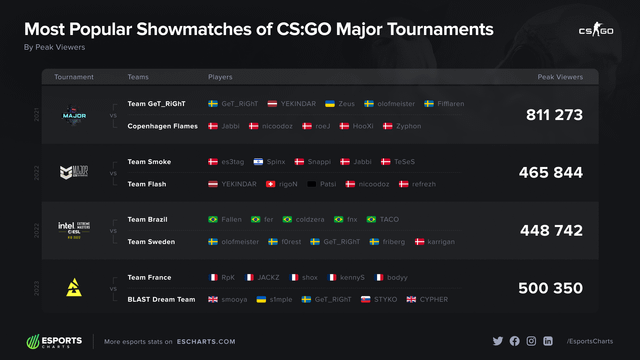
Then there’s the investment – or lack thereof. European organizations, by and large, have consistently invested more in scouting and developing talent. They've built academies, provided better coaching, and created a more structured path for aspiring pros. In NA, that infrastructure simply wasn't as robust. Many promising NA players found themselves without the support they needed to truly excel.
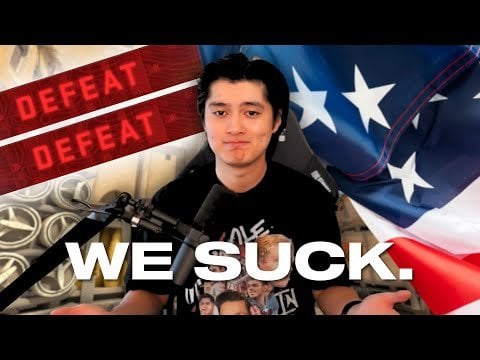
The shift in focus towards European leagues like ESL Pro League also played a role. NA teams started playing in Europe more frequently, which on the one hand gave them better competition. On the other, it became harder for NA-based leagues to cultivate local talent.
And let's be honest, streaming became a much more attractive option for many NA players. The potential for consistent income and a less demanding schedule lured many away from the grueling life of a professional gamer. While I don't blame them – gotta make a living – it undoubtedly thinned the talent pool.
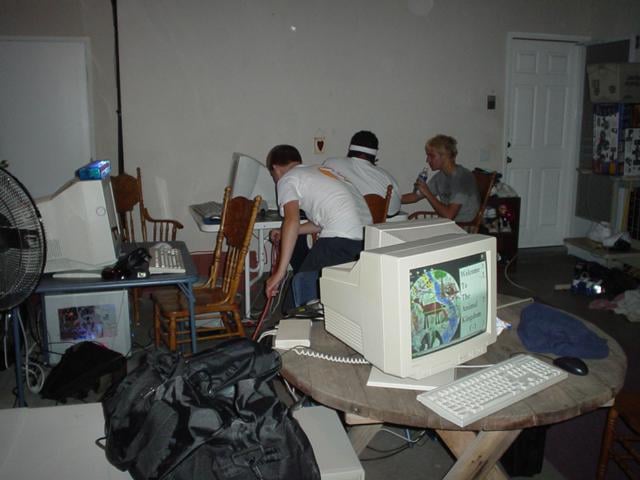
Finally, the closure of CGS was a blow. Regardless of its issues, it injected capital and provided a platform for NA players. Its demise left a void that was never truly filled.
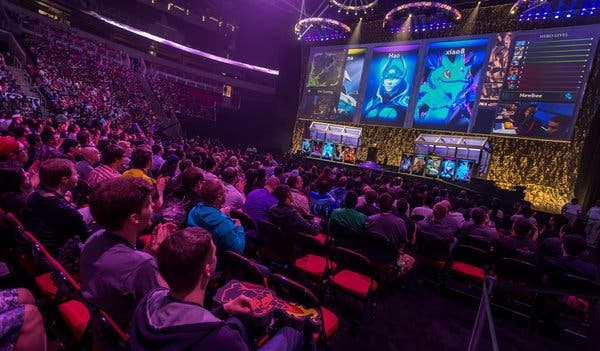
Where Do We Go From Here?
So, can NA CS make a comeback? Absolutely. But it's going to take work.
First and foremost, we need greater investment in grassroots programs. We need to find the next generation of talent and give them the resources they need to succeed. Think dedicated coaching, access to better equipment, and opportunities to compete against top-tier competition.
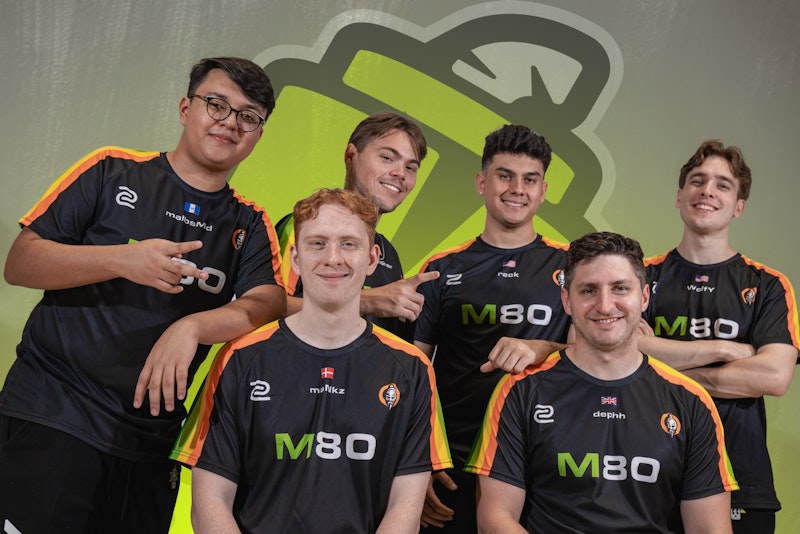
We also need better infrastructure. More robust leagues, more LAN events, and more opportunities for NA teams to compete against each other. We need to recreate that vibrant, competitive environment that fostered so much talent back in the CS: Source days.
Ultimately, it's going to require a stronger commitment from organizations to develop NA talent. They need to be willing to take risks on unproven players, invest in their development, and provide them with the support they need to reach their full potential. It won't be a quick fix, but with dedication and investment, NA can once again be a force in competitive CS.
Call to Action
So, there's my two cents. It’s a frustrating situation, but not one without hope. What do you think NA needs to do to get back on top in competitive CS? Let us know in the comments!